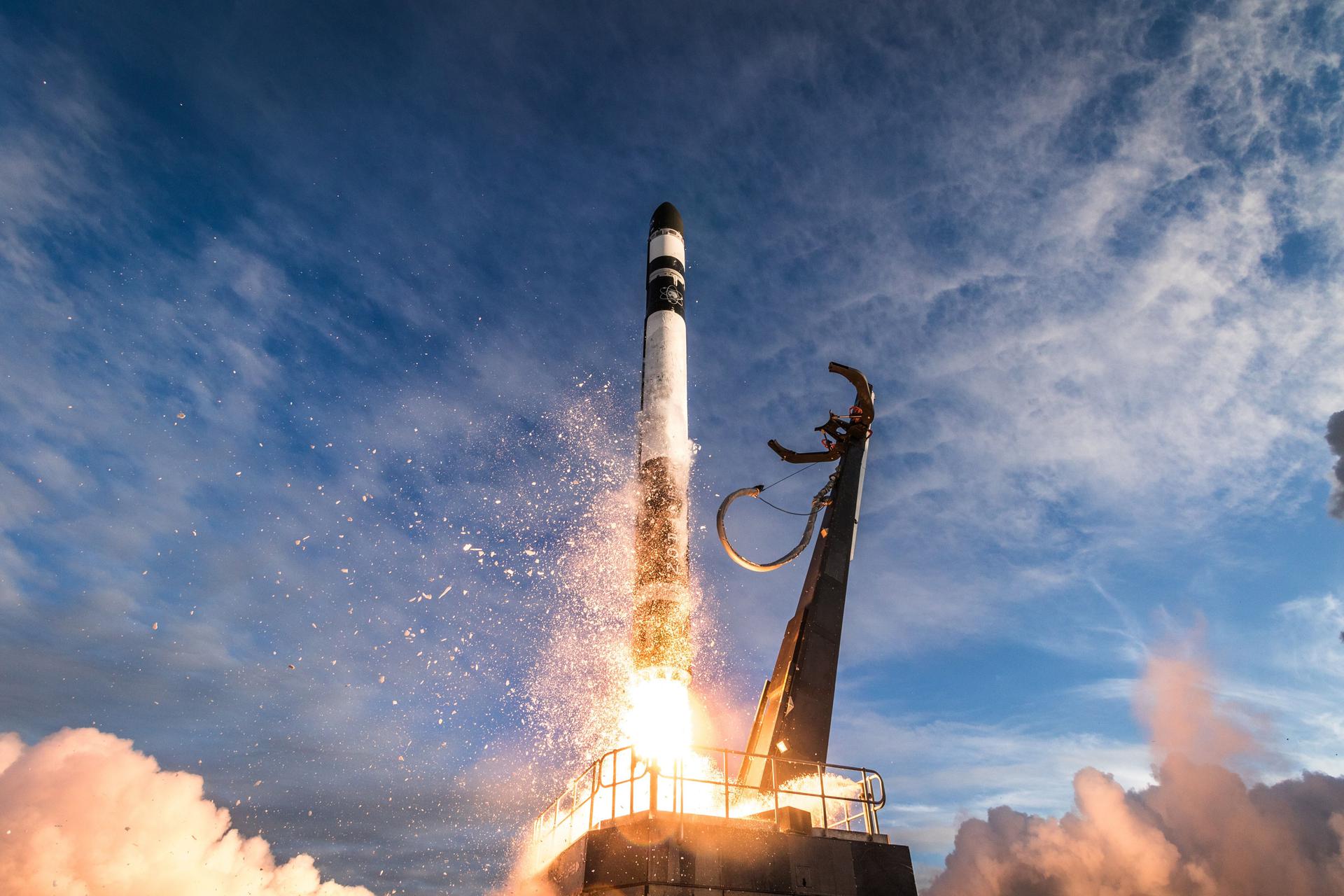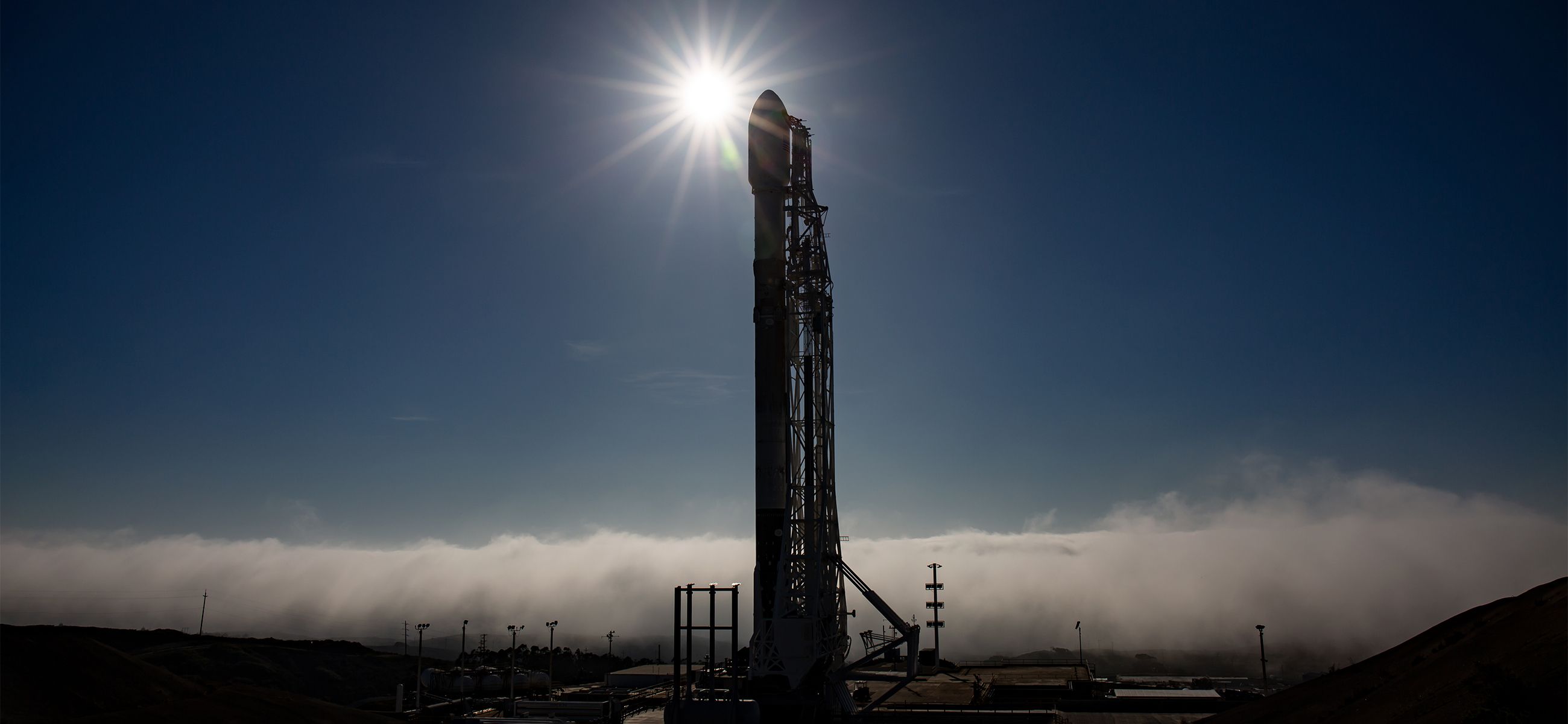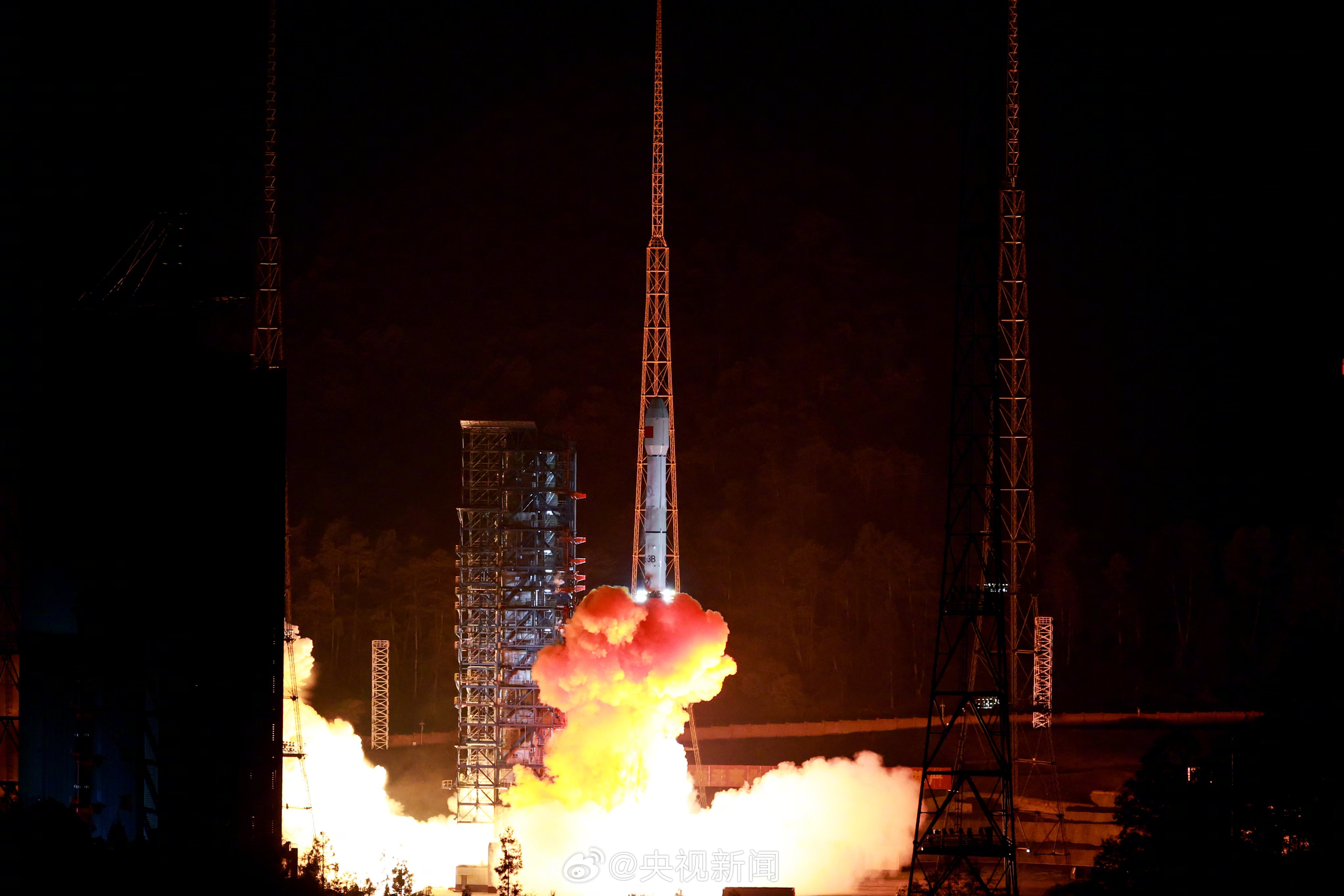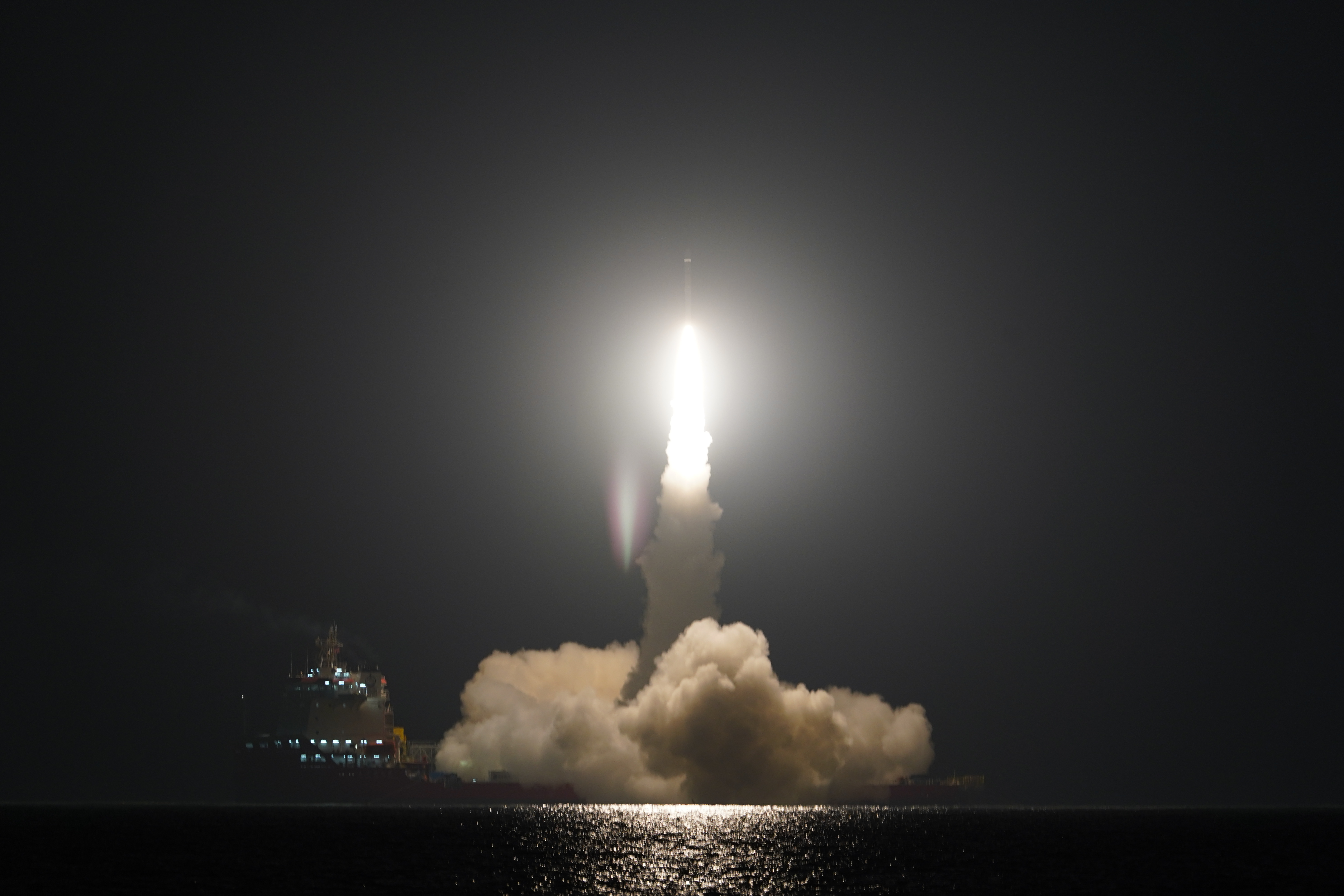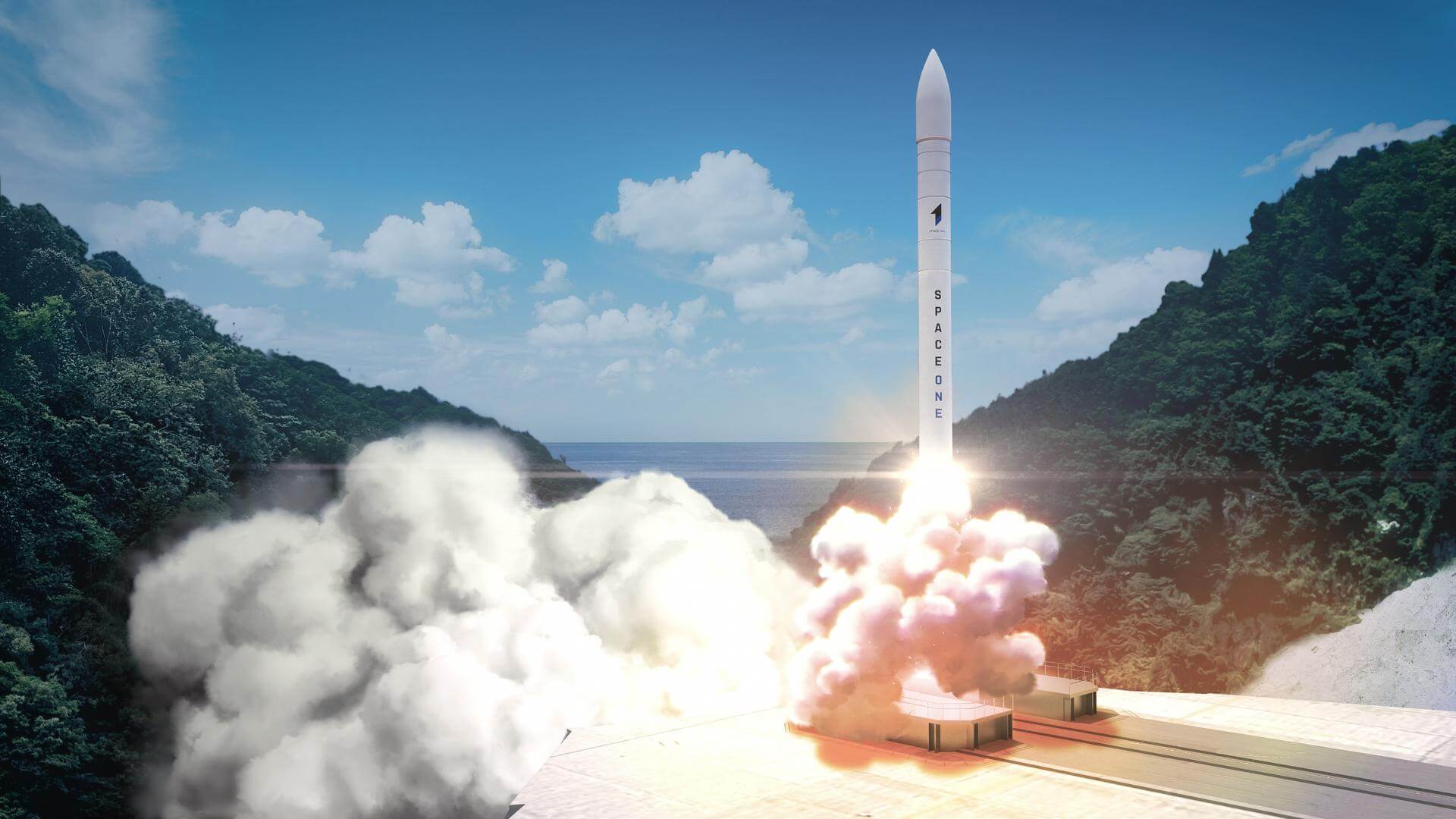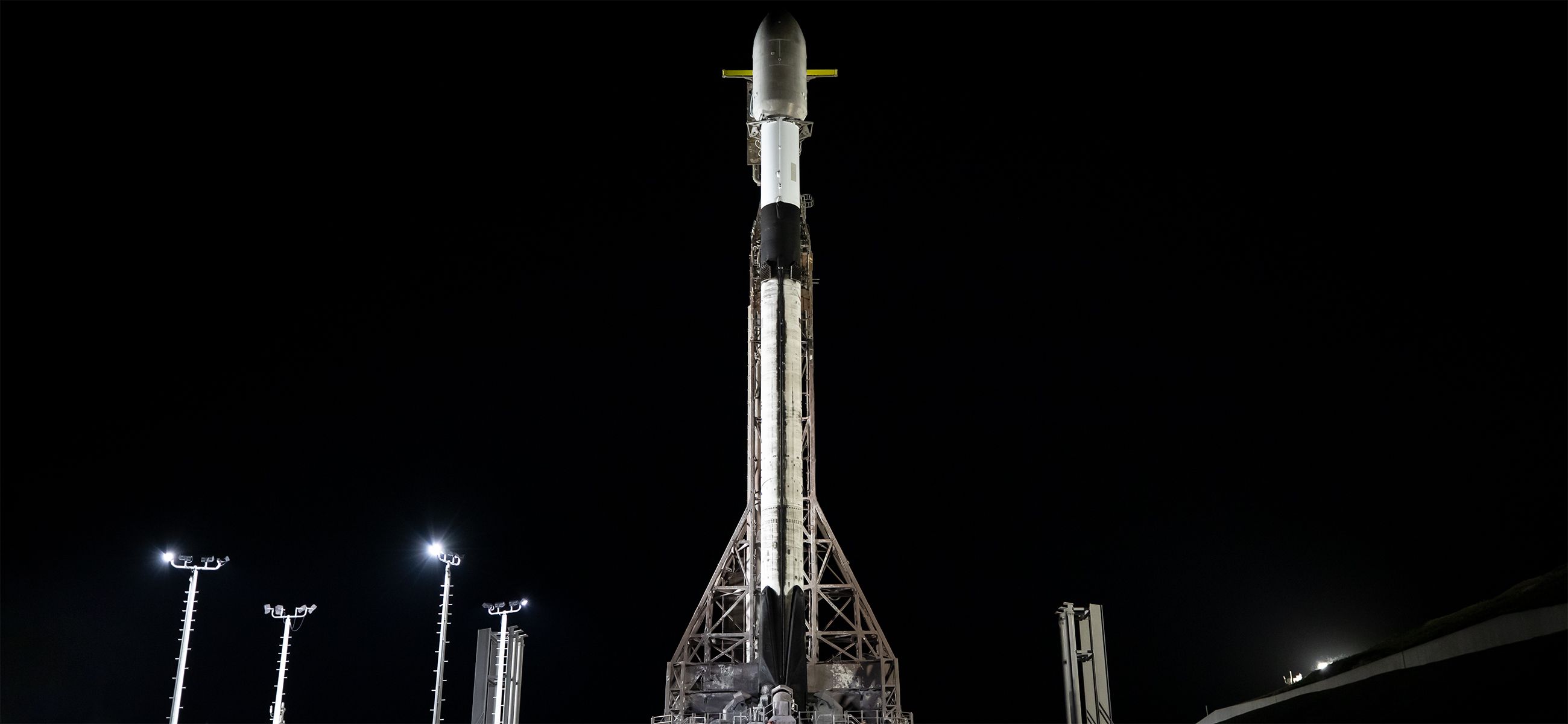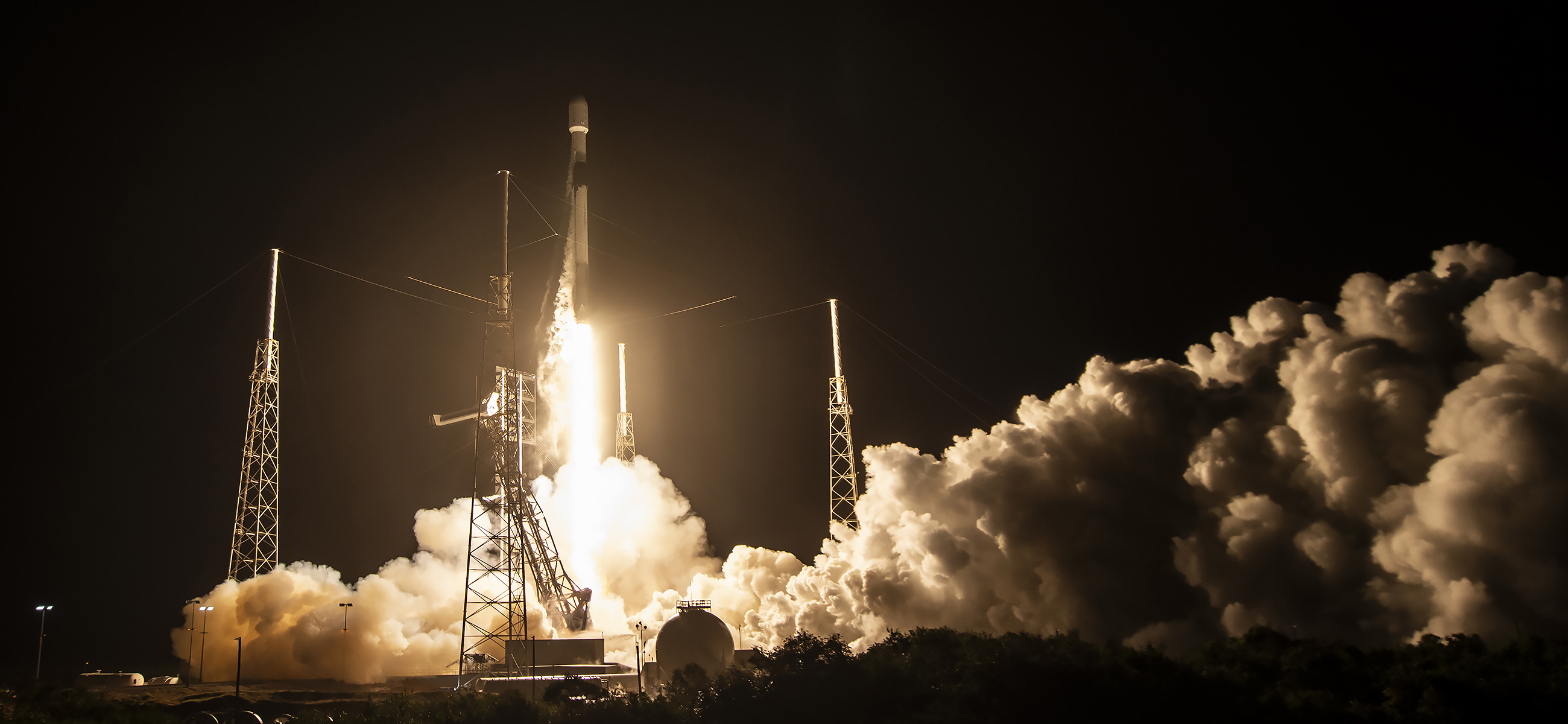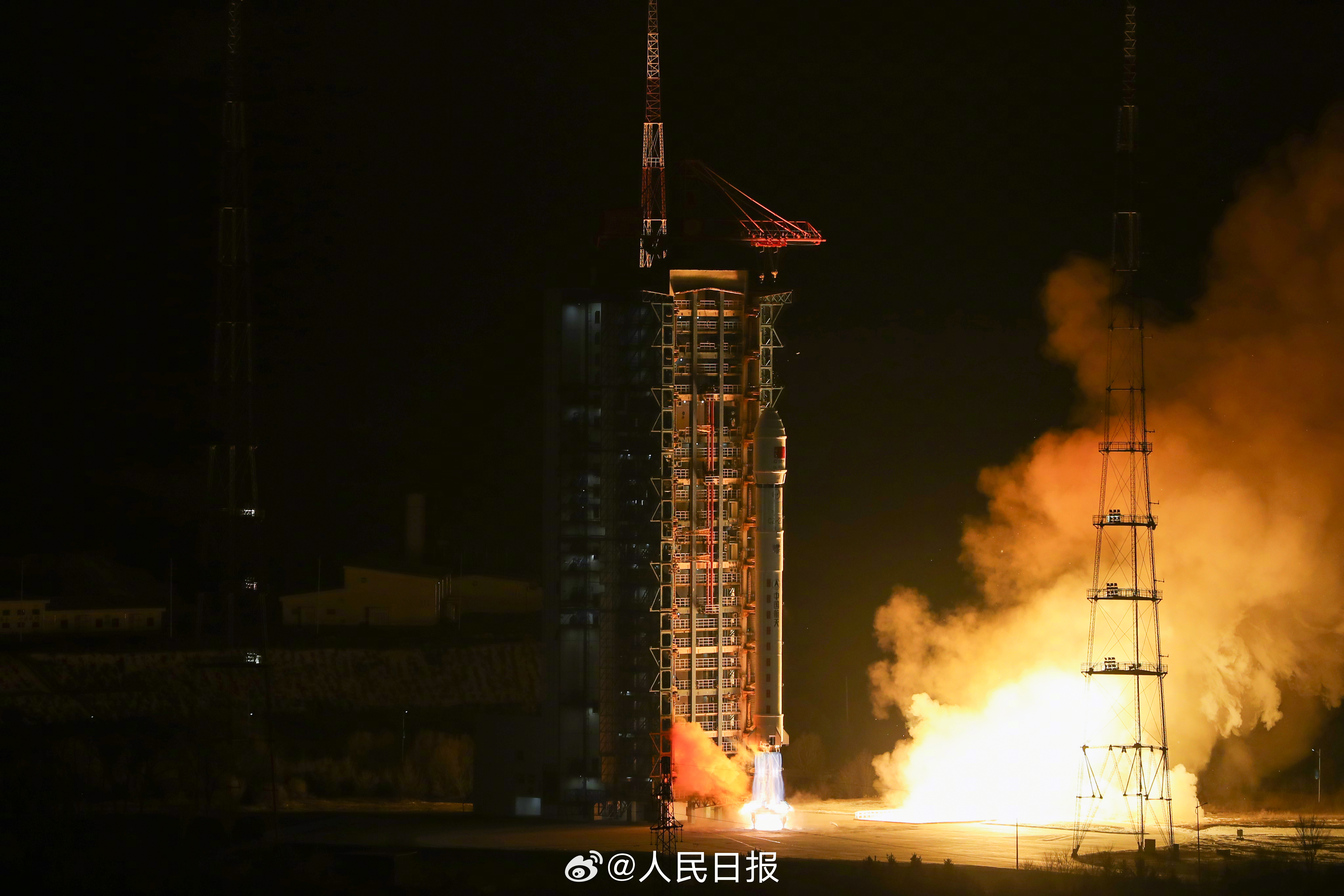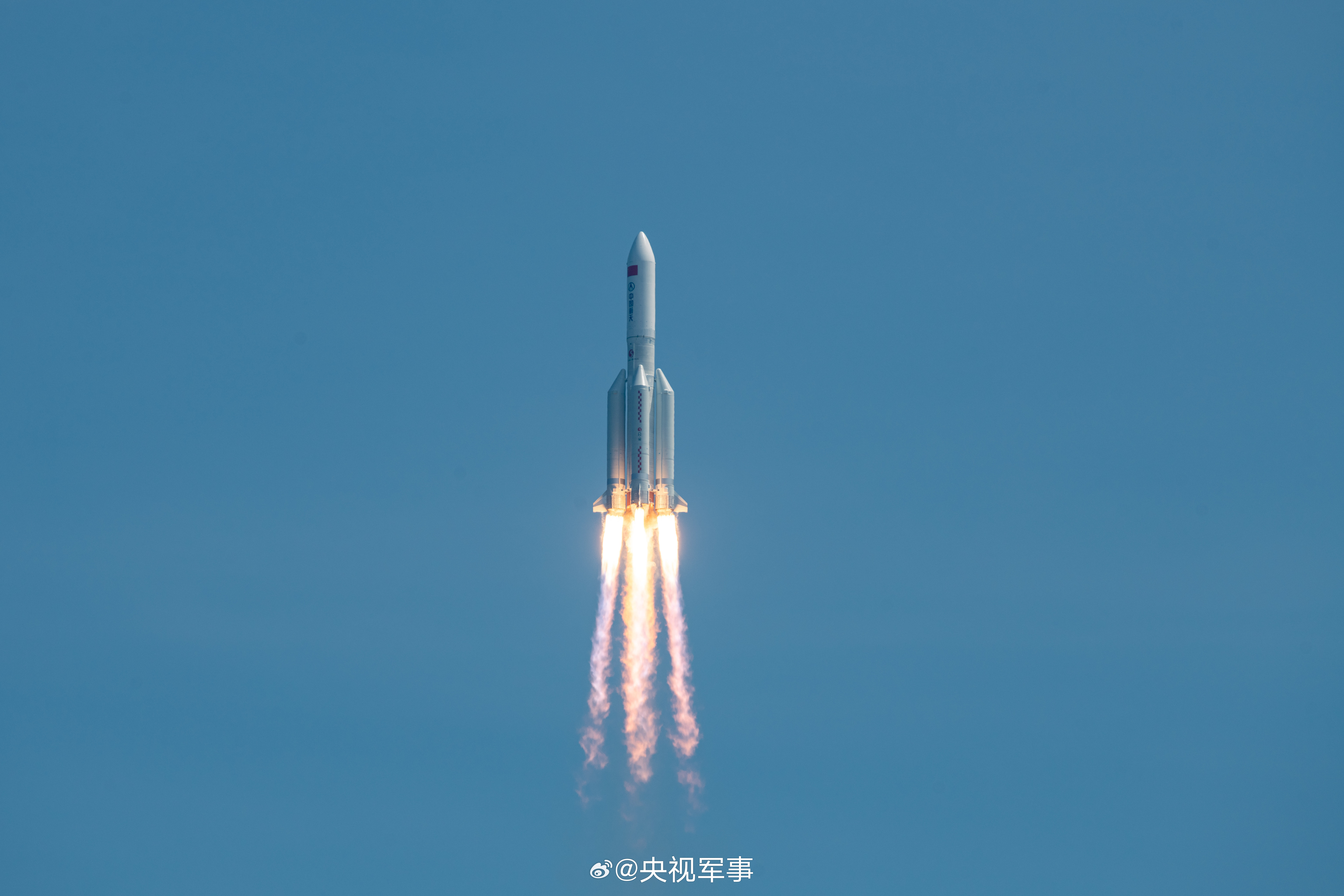Previous Spaceflight Launches
Filter by Agency, Locations or Vehicles
Show All LaunchesElectron | Owl The Way Up (StriX Launch 6)
Rocket Lab | United States of AmericaRocket Lab Launch Complex 1, Mahia Peninsula, New Zealand
Dec. 21, 2024, 2:17 p.m.
Falcon 9 Block 5 | Bandwagon 2 (Dedicated Mid-Inclination Rideshare)
SpaceX | United States of AmericaVandenberg SFB, CA, USA
Dec. 21, 2024, 11:34 a.m.
Status: Launch Successful
Mission:
Dedicated rideshare flight to a mid-inclination orbit with dozens of small microsatellites and nanosatellites for commercial and government customers. Payloads include the South Korean government's 425 Project Flight 3.
Low Earth Orbit B1071 - Flight Proven ( ) Landing Zone 4Long March 3B/E | TJSW-12
China Aerospace Science and Technology Corporation | ChinaXichang Satellite Launch Center, People's Republic of China
Dec. 20, 2024, 3:12 p.m.
Ceres-1S | Tianqi 33-36
Galactic Energy | ChinaHaiyang Oriental Spaceport
Dec. 19, 2024, 10:18 a.m.
KAIROS | Flight 2
Space One | JapanSpaceport Kii, Japan
Dec. 18, 2024, 2 a.m.
Falcon 9 Block 5 | O3b mPower 7 & 8
SpaceX | United States of AmericaKennedy Space Center, FL, USA
Dec. 17, 2024, 10:26 p.m.
Falcon 9 Block 5 | NROL-149
SpaceX | United States of AmericaVandenberg SFB, CA, USA
Dec. 17, 2024, 1:19 p.m.
Status: Launch Successful
Mission:
Sixth batch of satellites for a reconnaissance satellite constellation built by SpaceX and Northrop Grumman for the National Reconnaissance Office to provide imaging and other reconnaissance capabilities.
Low Earth Orbit B1063 - Flight Proven ( ) Of Course I Still Love YouFalcon 9 Block 5 | GPS III SV07 (RRT-1)
SpaceX | United States of AmericaCape Canaveral SFS, FL, USA
Dec. 17, 2024, 12:52 a.m.
Status: Launch Successful
Mission:
GPS-III (Global Positioning System) is the first evolution stage of the third generation of the GPS satellites. It consists of the first ten (known as "tranche") of GPS III satellites. This spacecraft was original contracted to launch on United Launch Alliance's Vulcan rocket, and was reassigned to Falcon 9 following uncertainties in Vulcan's readiness to launch. As a result it was re-manifested within 6 months of launch under the name Rapid Response Trailblazer-1 (RRT-1). GPS III SV10, originally planned to launch on Falcon 9, will now launch on Vulcan instead.
Medium Earth Orbit B1085 - Flight Proven ( ) A Shortfall of GravitasLong March 2D | PIESAT-2 09-12
China Aerospace Science and Technology Corporation | ChinaTaiyuan Satellite Launch Center, People's Republic of China
Dec. 16, 2024, 6:50 p.m.
Long March 5B/YZ-2 | SatNet LEO Group 01
China Aerospace Science and Technology Corporation | ChinaWenchang Space Launch Site, People's Republic of China
Dec. 16, 2024, 10 a.m.
